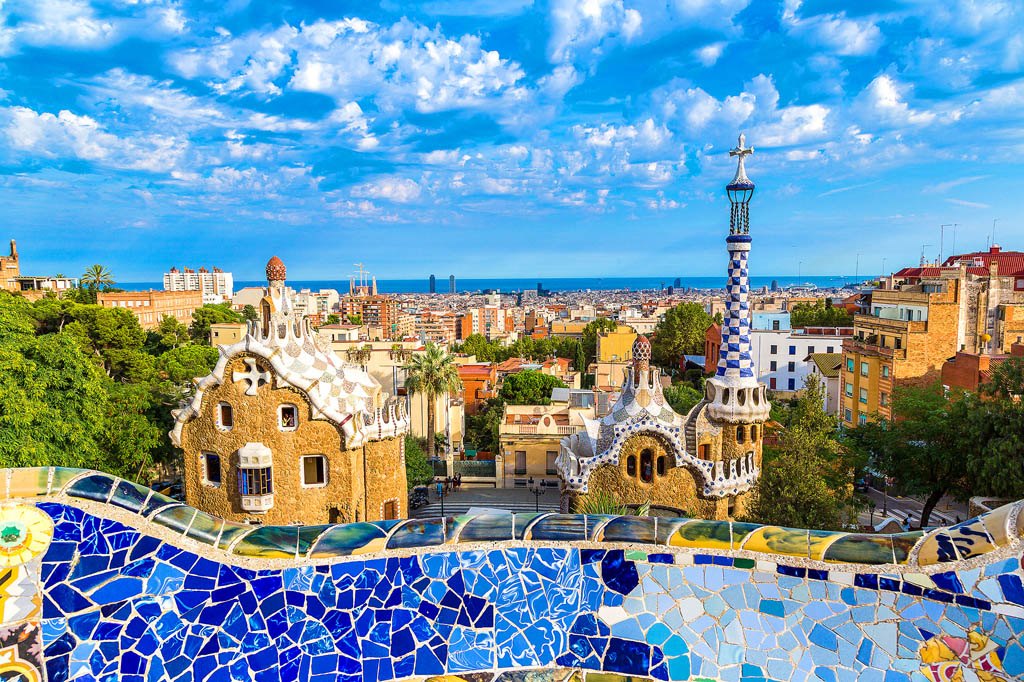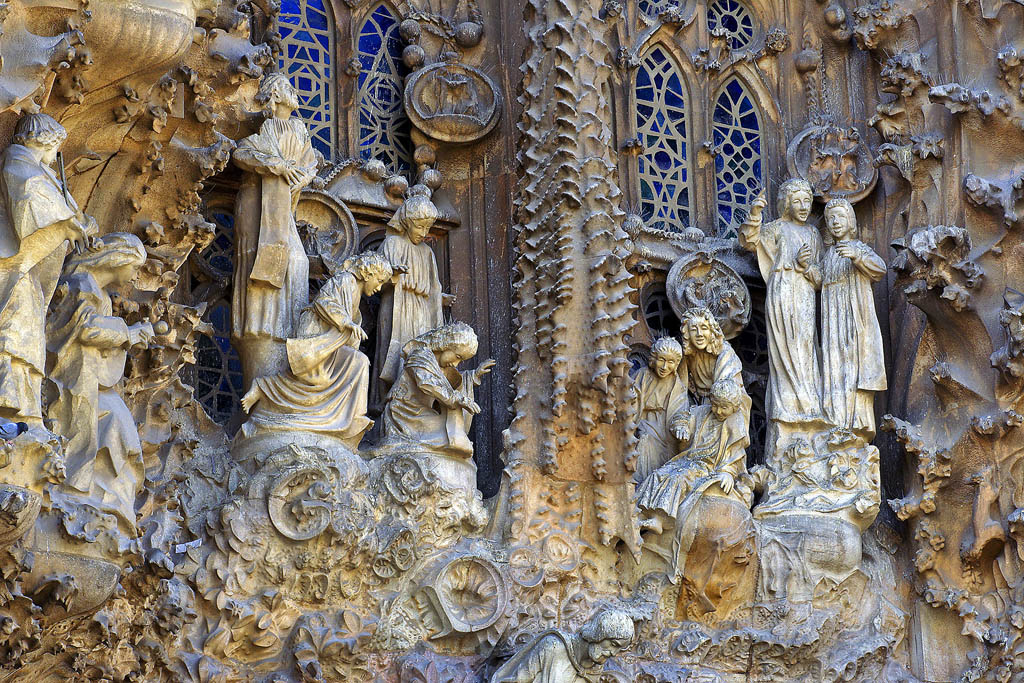The Genius of Gaudí
The name Gaudí has become a byword for Barcelona and, through his unique architectural wonders, one of the principal magnets for visitors to the city.

A Catholic & a Catalan
Born in Reus and initially trained in metalwork, Antoni Gaudí i Cornet (1852–1926) personifies, and largely transcends, the Modernisme movement that brought a thunderclap of innovative greatness to turn-of-the-century Barcelona. Gaudí was a devout Catholic and Catalan nationalist, and his creations were a conscious expression of Catalan identity and, in some cases, great piety.
The Masterworks
Gaudí devoted much of the latter part of his life to what remains Barcelona’s call sign: the unfinished Sagrada Família. His inspiration in the first instance was Gothic, but he also sought to emulate the harmony he observed in nature, eschewing the straight line and favouring curvaceous forms.
He used complex string models weighted with plumb lines to make his calculations. You can see examples in the upstairs mini-museum in La Pedrera.
The architect’s work evokes sinuous movement often with a dreamlike or surreal quality. The private apartment house Casa Batlló is a fine example in which all appears as a riot of the unnaturally natural – or the naturally unnatural. Not only are straight lines eliminated, but the lines between real and unreal, sober and dream-drunk, good sense and play are all blurred. Depending on how you look at the facade, you might see St George defeating a dragon, or a series of fleshless sea monsters straining out of the wall.
He seems to have particularly enjoyed himself with rooftops. At La Pedrera and Palau Güell, in particular, he created all sorts of fantastical, multicoloured tile figures as chimney pots looking like anything from Alice in Wonderland mushrooms to Star Wars imperial troopers.
Saint Gaudí?
Much like his work in progress, La Sagrada Família, Gaudí’s story is far from over. In March 2000 the Vatican decided to examine the case for canonising him, and pilgrims already stop by the crypt to pay homage to him. One of the key sculptors at work on the church, the Japanese Etsuro Sotoo, converted to Catholicism because of his passion for Gaudí.

GREATEST HITS
A La Sagrada Família, a symphony of religious devotion.
A La Pedrera, dubbed ‘the Quarry’ because of its flowing facade.
A Casa Batlló, a fairy-tale dragon.
A Park Güell, a park full of Modernista twists.
A Palau Güell, one of Gaudí’s earliest commissions.